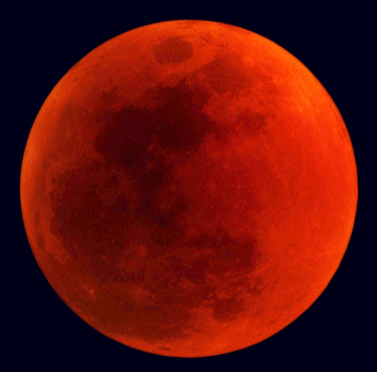
There will be another Full Moon, October 8, 2014 at 3:50 A.M. Las Vegas time.
From The Old Farmer’s Almanac
“In 2014, the Full Moon falls on October 8—and there is a total lunar eclipse.”
“The eclipse will be fully visible from Western North America (and Alaska and Hawaii), but observers in Eastern North America will only be able to see part of the eclipse before the Moon sets below the horizon. See more details on our Eclipse page.”
“Some Native American tribes referred to this Moon as the Full Hunter’s Moon, as it was the time to go hunting in preparation for winter. This full Moon is also called the Travel Moon and the Dying Grass Moon.”
“This is the first Full Moon following the Harvest Moon last month. It rises around sunset and sets around sunrise, the only night in the month when the Moon is in the sky all night long.”
Full Hunter’s Moon Video from Old Farmer’s Almanac
Video from Science.Nasa.Gov
Blood Red Moon
Old Farmer’s Almanac Official Website
LasVegasBuffetClub.Com Official Website